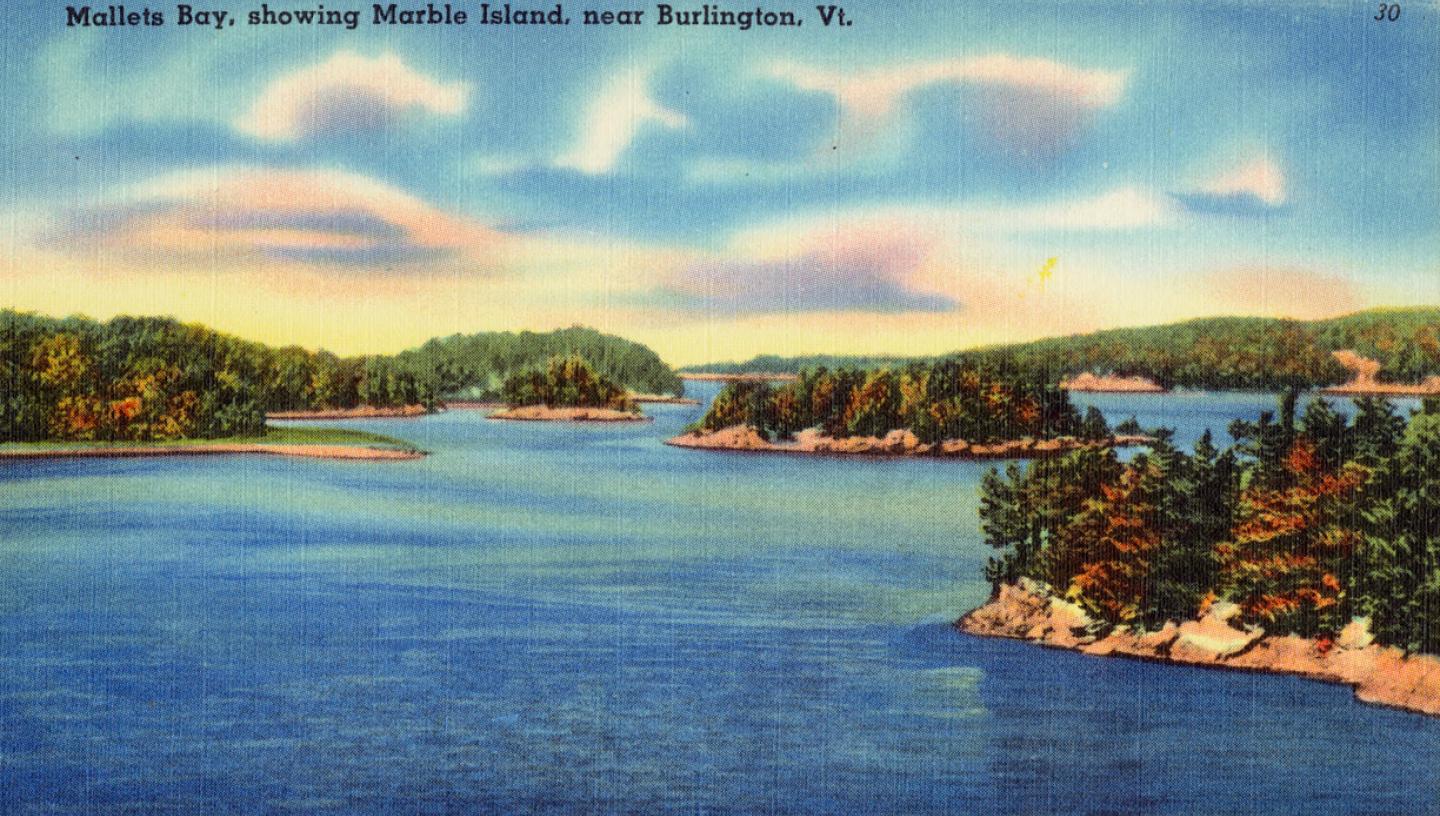
James Knight North-West Passage expedition 1715–19
In 1715 James Knight was the first person to go in search of the North-West Passage in over 80 years, but his efforts were to end in tragedy.
In search of ‘yellow mettle’
Knight was a trader who worked for Hudson’s Bay Company, a trading company that had established posts along the shores of James Bay and Hudson Bay. The company itself had little interest in risky ventures such as finding the North-West Passage and was not keen on encouraging explorers into its waters.
Knight had trading relationships with Canadian Indians and was convinced that stories of a river where lumps of 'yellow mettle' could be found and a ‘sea’ to the west spelled opportunities for finding gold and a sea route leading to the Pacific. Many have speculated that the Indians were referring to what are now known today as Coppermine River and Great Slave Lake.
An enduring mystery
Despite being in his seventies, Knight, who was born in England, came to London and fitted out two vessels – the Discovery and the Albany. The expedition set out from Gravesend but never returned. We do know that Knight’s two ships got as far as Marble Island, west of Hudson Bay and wintered there, but for some reason they were unable to sail again in the spring. It is assumed they were shipwrecked in the shallows and sank.
The remains of Knight’s settlement on Marble Island were discovered in 1768 by explorer Samuel Hearne. In 1991–92 the wrecks of Discovery and Albany were found by divers at the bottom of Hudson Bay.
Knight's disappearance remains one of the Arctic's enduring mysteries. With Marble Island within easy sight of the mainland why did the crew not easily reach the shore?
Scurvy, consumption and cannibalism - just some of the risks of going in search of a North-West Passage. #DeathInTheIce